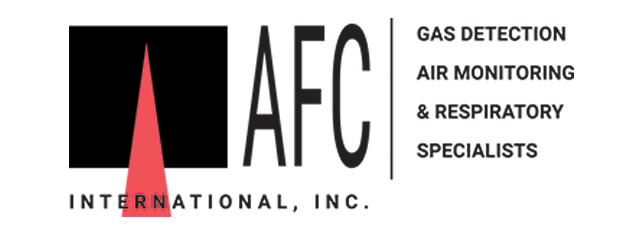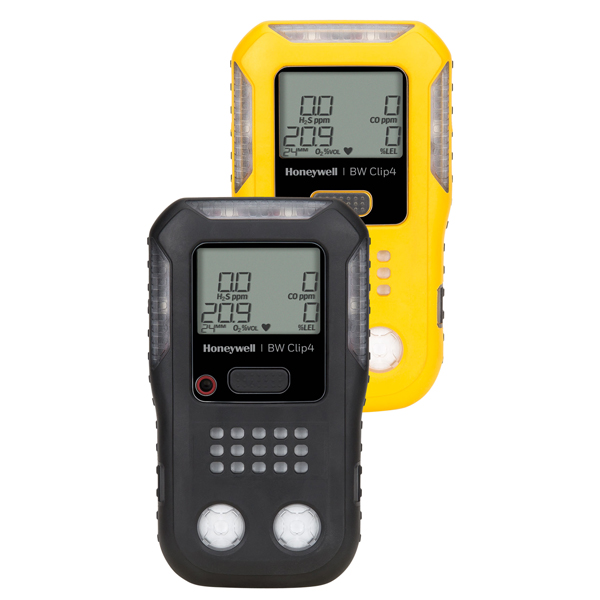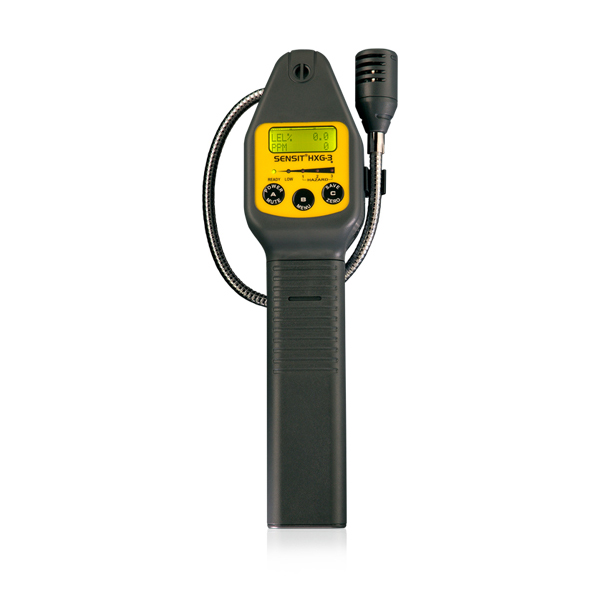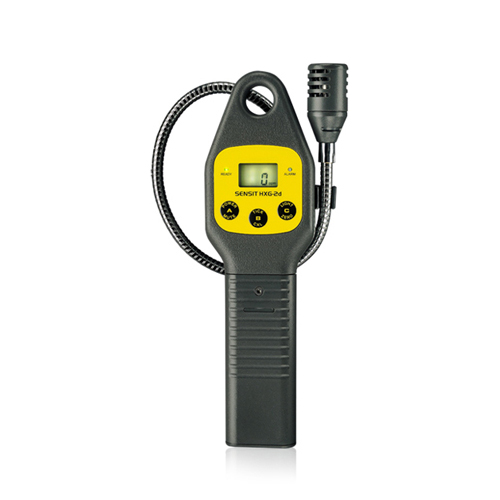Description
Description
The L-TEK P100 utilizes TDLAS technology to monitor methane and methane-containing gas concentrations in a target area by leveraging the specific absorption characteristics of methane at certain laser wavelengths. This portable detector is commonly used for inspecting methane and related gases in industries such as petroleum, chemical processing, mining, and urban gas. By enabling long-distance, non-contact measurement, it ensures operator safety in high-risk environments. Its compact design makes it easy for inspectors to carry, enhancing detection efficiency.
TDLAS (Tunable Diode Laser Absorption Spectroscopy) technology utilizes the characteristics of target gas molecules absorbing specific wavelengths of laser light intensity, which can measure the concentration of methane gas.
Long-distance monitoring – Lasers enable long-distance gas leakage monitoring by detecting leaks directly, unlike traditional passive methods that rely on gas diffusion into the detector.
Low maintenance cost – Along with the durability of the components, L-T.EK P100 uses non-contact measurement, preventing poisoning, which extends product life by 5-10 times and lowers maintenance costs
High accuracy, no false alarms – The single-mode laser in L-TEK P100 precisely targets methane’s infra-red gas absorption line, avoiding interference from other gases and environmental conditions. This ensures accurate leak measurement and eliminates false alarms, unlike IR camera technologies.
Fast response time – When it comes to detecting gas, response time is crucial. L-TEK P100 offers a millisecond response time, which is 100 times faster than catalytic combustion and electrochemical sensors, so identifying and quantifying leaks takes seconds not minutes. This makes laser gas sensors 100x more efficient than other combustible gas sensors.
Long battery life – Identifying leaks shouldn’t have to stop after a few hours when a device’s battery dies. The L-Tek P100 lasts for nearly a whole shift. This means less stoppages and less devices are required as back-up unlike similar non-contact methane measurement products.
Data Extraction – Reviewing time-stamped readings for reporting and data analysis is easy by extracting the data logs into computers through the included USB cable.








